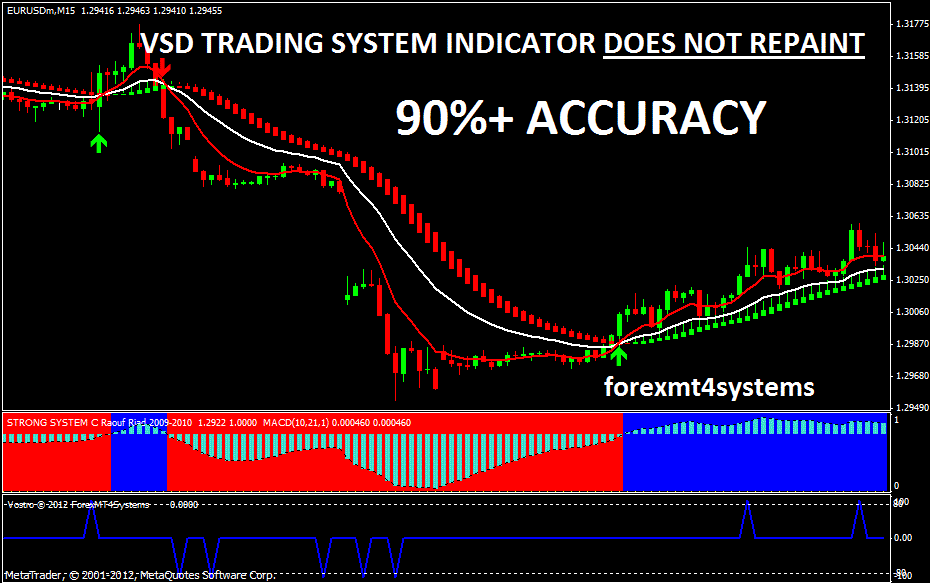Forex trading system
Post on: 1 Май, 2015 No Comment

Whilst I am principally a technical trader, using technical analysis and Japanese candlesticks to forecast future price movement in the fx forex markets, I am also keenly aware of the fundamental news which is released every day, which tends to reinforce the underlying market sentiment. Indeed this is one of the most interesting aspects of fundamental news releases, and new fx traders are often confused as to why perceived good news results in a fall, whilst apparent bad news results in a rise. To find the answer to this apparent conundrum we need to look at little deeper at the two aspects of fundamental data, which are firstly how numbers equate to the forecast, and secondly, what is the underlying sentiment towards the currency.
If we take a simple example such as the euro, the market sentiment at present is heavily negative, as the forex markets worry about the sovereign debt issues in Greece, and more recently Spain and Portugal. This negative view is further reinforced by the market speculators who are betting on further falls, with net short positions in the futures markets. So how is the fundamental news judged against such a bearish picture? Suppose we have a news release which is better than expected and beats the market forecast by some way, then under normal conditions this would be viewed as positive, and the currency would react accordingly. However, with the underlying market sentiment being negative, the forex markets simply dismiss the news as irrelevant for the time being, expecting bad news to follow in the near future, with the good news story being discounted, resulting in little impact in the market. The corollary to this of course is if the news were bad, then this is what the fx markets are expecting, and therefore any price reaction is likely to be severe, as this is what has been expected. In addition, it is also a question of how bad the news is, in relation to the forecast, and in this scenario, even if the data is marginally short of expectation, the reaction will be dramatic, since the markets are already expecting bad news anyway. It is this market psychology and underlying sentiment that we always need to consider when viewing the fundamental news, rather than to simply view the data in isolation.
The converse of the above, is where we have positive market sentiment towards the underlying currency. In this case, if the news is better than the market forecast, even by a small margin, then the reaction will be more than we would expect under normal conditions, as this good news story simply reinforces the fx markets view of the currency anyway, as it merely confirms this view. However, should the news fall short of expectation, the markets may not fall as a result, since the underlying sentiment and view is that longer term the outlook is bullish, and that the latest fundamental news is simply a temporary blip, and therefore can largely be ignored as a result! This is how the forex markets work in general, and why as fx traders we are often confused and baffled by the market reaction to each release. In simple terms, a good news story will help reinforce a currency that is viewed as bullish ( even if only slightly better than expected), and will largely be discounted if the view is bearish. Conversely a bad news story will have little impact on a bullish currency, but will send a bearish currency lower quickly, even if the news is only marginally worse than expected.
Always bear this in mind when viewing the latest economic and fundamental news items you will see this effect day in, day out, and in it is vital in your forex trading that you have a view on the underlying market sentiment towards the currency you are trading, which will give you a much clearer perspective on the depth of market reaction as a result.














